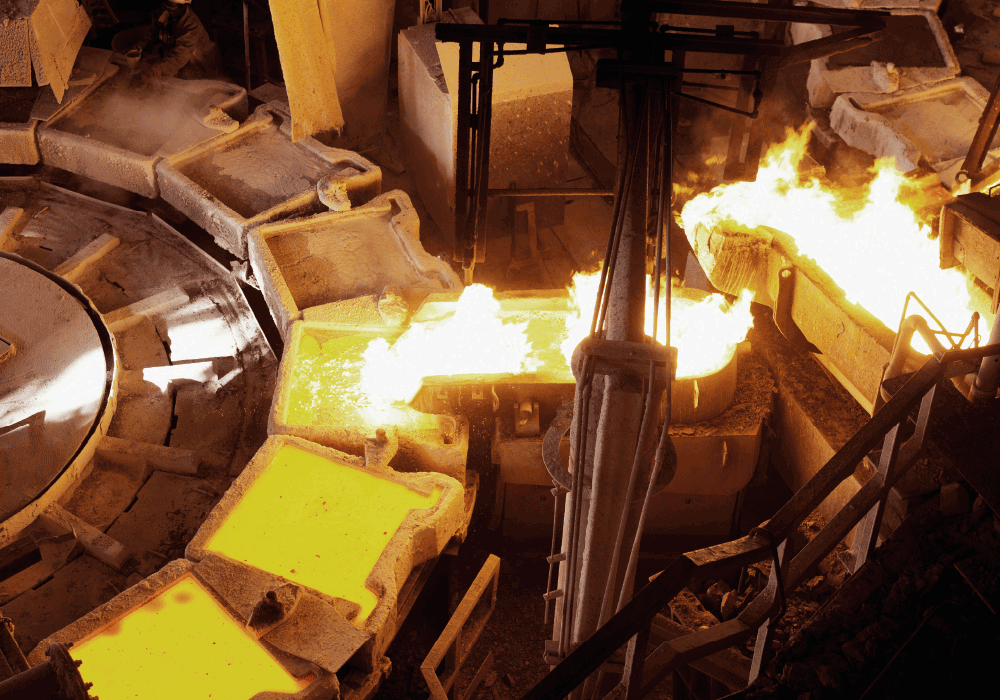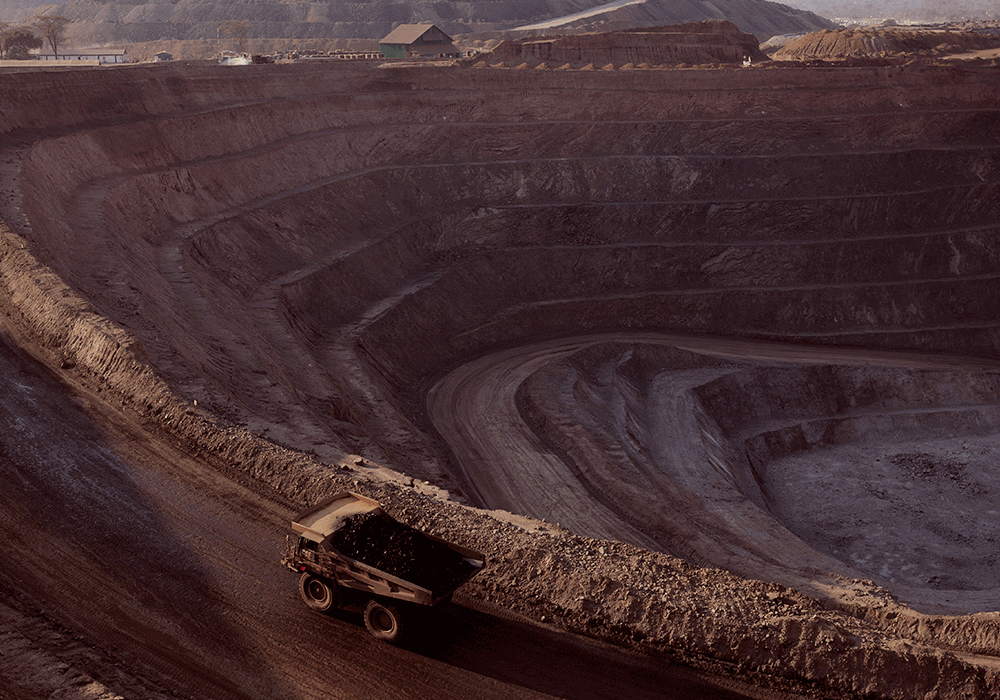Zambia’s new president, Hakainde Hichilema, widely dubbed ‘HH’, has already breathed new life into Africa’s second-most productive copper-mining jurisdiction. The veteran businessman, who has stood for president on five previous occasions, was finally elected with 59% of the vote in August last year, a margin of half-a-million votes in a 70% turnout. He beat the incumbent, Edgar Lungu of the Patriotic Front.
This was a significant moment in the maturation of Zambian democracy. It is the third time the presidency has rotated between parties. But Hichilema inherited a country beset by economic woes. Inflation was soaring, reaching nearly 25% in June 2021, national debt was at more than 100% of GDP and the country looked likely to become the first sub-Saharan state to default on its major international debt repayments in the wake of the economic crisis induced by COVID-19.
Zambia had already stopped interest payment on its foreign-owned bonds in November 2020 as the economy shrank 3% under the impact of the pandemic.
Hichilema comes to office backed by 10 opposition parties joined under the banner United Party for National Development. He campaigned, as previously, on an anti-corruption ticket and is widely perceived to be the most pro-business leader in Zambia’s history. This is arguably exactly what the country needs and Hichilema has got off to a good start, backed by a strong following wind in the form of a soaring international copper price.
The copper price doubled under the impact of the pandemic and global cuts in supply. It was at US$5 249/ton immediately before the pandemic before surging to an all-time high of US$10 747.50 in May 2021. This did not immediately help Zambia in dealing with its fiscal crisis as it was unable to export (mostly through South Africa) under lockdown.
There was also a toxic relationship between the Zambian government and big copper-mining companies, with two of these (Vedanta and Glencore) having effectively withdrawn. This leaves Toronto-listed copper specialist First Quantum Minerals as Zambia’s biggest miner, accounting for nearly half the country’s production from its Kansanshi and Sentinel mines. The other of Zambia’s remaining ‘big four’ copper-mining companies is Barrick Gold, which has owned the open-pit Lumwana mine since 2009.
Glencore’s Mopani mine was sold to the state-owned mining investment corporation last year for US$1.5 billion. This followed events in 2020, when Glencore tried to shutter the mine in the face of low copper prices and the government refused to allow it to do so. Glencore received just US$1 upfront, with the remainder of the debt to be paid down via future copper production.
Vedanta’s Konkola Copper Mines was placed in liquidation by the Lungu government, over the company’s objections, in 2019. The company expressed a desire to continue running the mine into which it had invested US$3 billion over 20 years. The government, which owns 20.6% of the mine, accused the Indian company of ‘environmental and financial breeches’. There was no suggestion that it was not a viable business at the time.
Hichilema’s government has criticised its predecessor and vowed to do things very differently. ‘We will never, ever, bring politics into the private sector,’ said new Minister of Mines and Mineral Development Paul Kabuswe, soon after assuming office last year.
‘Part of the mess that we [Zambia] are in is because of that liquidation process,’ he added. This was in direct contrast to the line punted by the Lungu government in 2019, that Konkola was ‘an isolated case’ and would not reduce the willingness of mining companies to invest in Zambia.
Copper is a good long-term bet. ‘The green-energy transition offers Zambia an unparalleled opportunity to achieve its economic goals,’ says Peter Leon, a partner at law firm Herbert Smith Freehills. He points out that ‘a 3.6 MW wind turbine contains nearly 29 tons of copper’. A battery electric car uses about four times more copper than one with an internal combustion engine.
Some commentators are so bullish about copper’s role in a future low-carbon global economy that they have described it as ‘the new oil’. Hedge fund Livermore founder David Neuhauser says that in his view, copper could reach prices of US$20 000 over the next decade. A research note from the Bank of America (BoA) last year agrees. After ‘rebalancing’ – or trading slightly below its recent US$10 000 peak – the BoA believes the market will experience a supply deficit by 2025, and that ‘inventories could deplete within the next three years, which could take the red metal above US$20 000 per ton’.
The most urgent task waiting on the new president’s desk was the need to sort out Zambia’s mining sector. While copper is not all there is to the Zambian economy, it is critical because it accounts for 70% of the country’s export earnings and 11% of overall GDP. Zambia also produces manganese and gemstones (it produces a quarter of the world’s emeralds). Half of the country’s workforce is employed in agriculture.
Leon adds that ‘cobalt is also a “green mineral” that is seeing exponential demand growth. It is found in association with copper yet Zambia’s cobalt reserves are currently unexplored and unexploited, owing principally to investor uncertainty’. Most of the world’s cobalt is mined in the neighbouring DRC on the same Central African copper belt that country shares with Zambia.
In 2010, Zambia produced twice as much copper as Africa’s other major producer, the DRC. By 2022, Zambia was producing just 800 000 tons of the red metal compared to the DRC’s 1.2 million tons. In an economic outlook published while Lungu was still in office, the AfDB forecast Zambia’s GDP growth to be just 1% in 2021 and 2% in 2022, inadequate to meet social demands in one of the world’s youngest countries by median age.

Hichilema has stated his intention to preside over an increase in Zambian copper production from its current levels to 3 million tons/year within a decade. ‘We must restore our mining sector to its rightful place to a leading global producer of copper. [This requires] regulatory fairness and attending to obstacles that stand in the way of new investment,’ he said earlier this year.
Zambia has seen multiple changes to its mining regulatory framework over time, with dire consequences for investor certainty. Mining taxes have changed at least 11 times in the last 20 years. The most recent change, in 2019, forced miners to effectively pay a double tax, first paying mining royalties and then not being allowed to deduct those payments from their overall tax bill. Hichilema’s new government eliminated the problem in October last year, just two months after getting into office. At the same time, it reduced corporate taxes from 35% to 30%.
‘These are positive strides,’ says Leon. However, he argues, there is still some way to go in improving the administration of the mining permit process, which is at best ‘highly inefficient’ and, at worst, in the opinion of the Fraser Institute in 2021, is permeated with political corruption. ‘The announcement that mineral taxes will again become a deductible business expense is a clear indication to the world that Zambia is once again open for business,’ says Godwin Beene, president of the Zambia Chamber of Mines.
It has to be said that the signals being sent by the new government about mining and exploration are much more positive than its predecessor’s actions. Even before the recent reforms, big mining companies were said to be willing to spend an additional US$2 billion on further exploration and development. Beene argues that ‘with these stabilising policies in place, the country’s development trajectory could be completely changed’.
Leon sums up the situation. ‘By increasing investor confidence, the production of existing mines could be expanded, while the exploration for new mines could be increased.
‘Through such initiatives, Zambia could dramatically grow its exports of minerals needed for the green-energy transition and take advantage of this lucrative opportunity. This, in turn, could lead to the rapid growth of the Zambian economy.’







